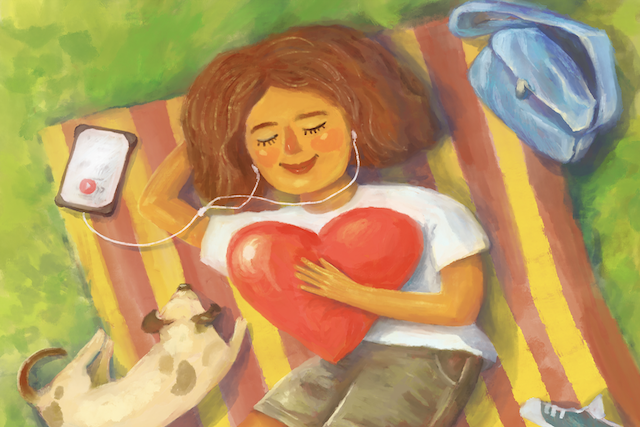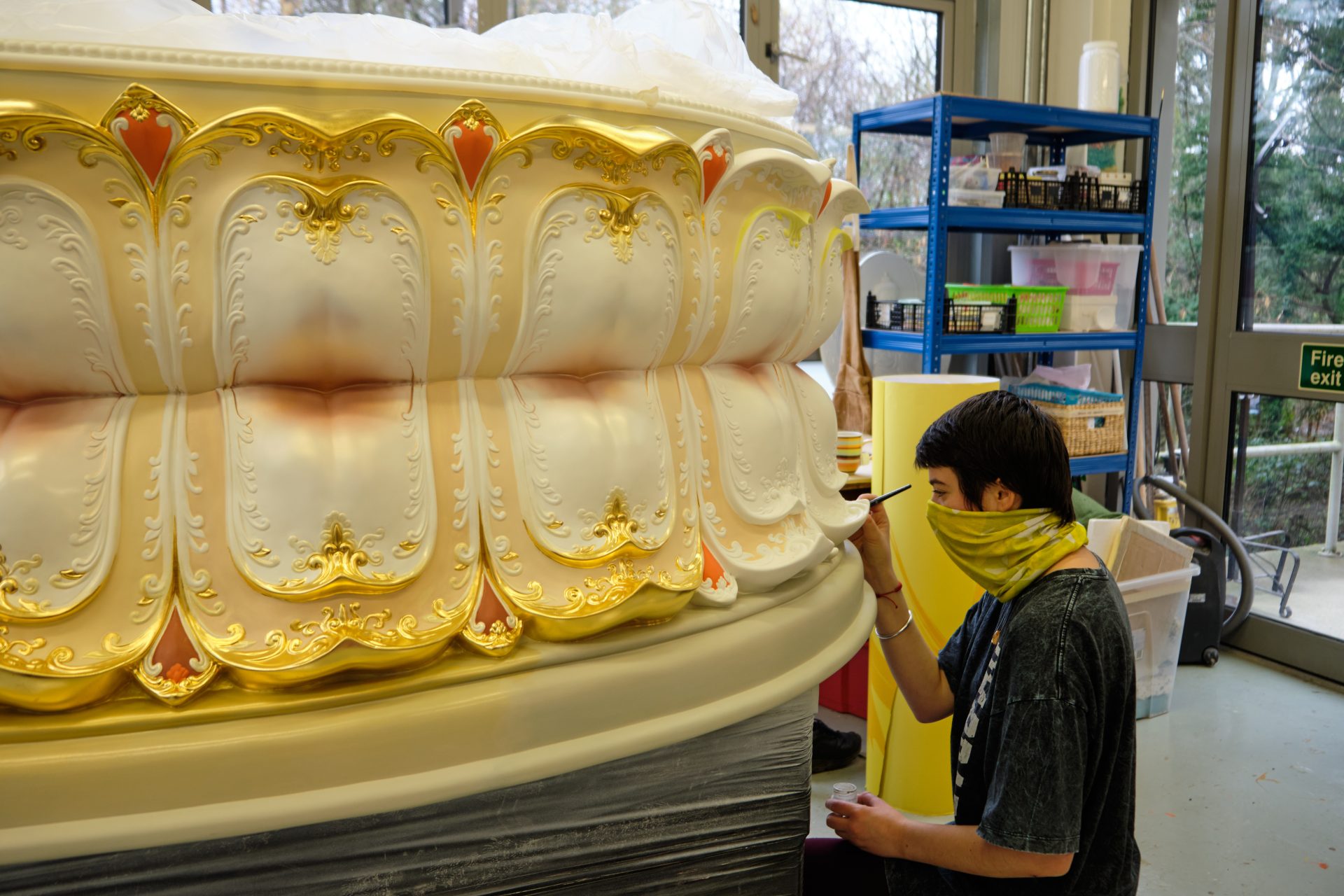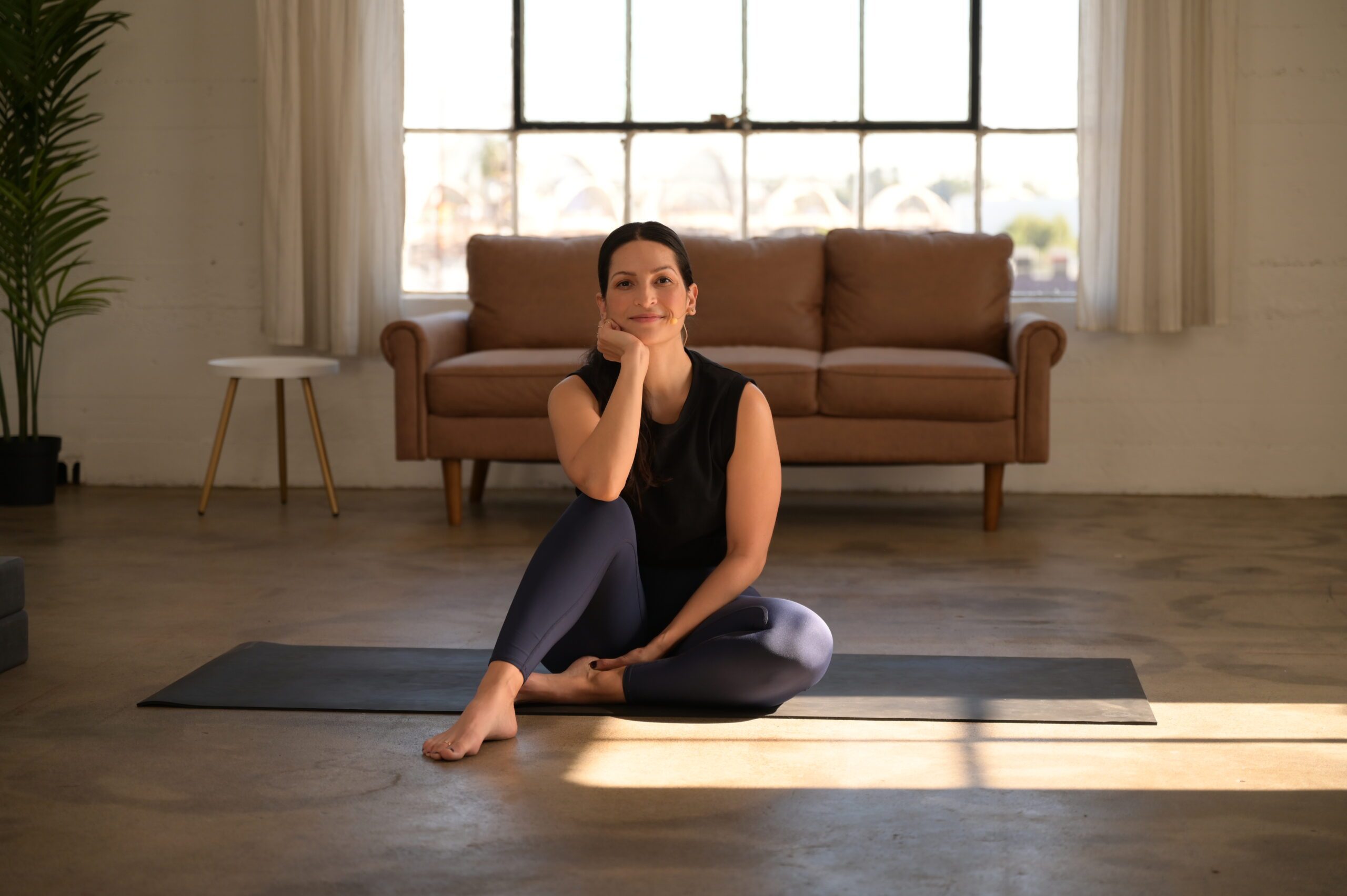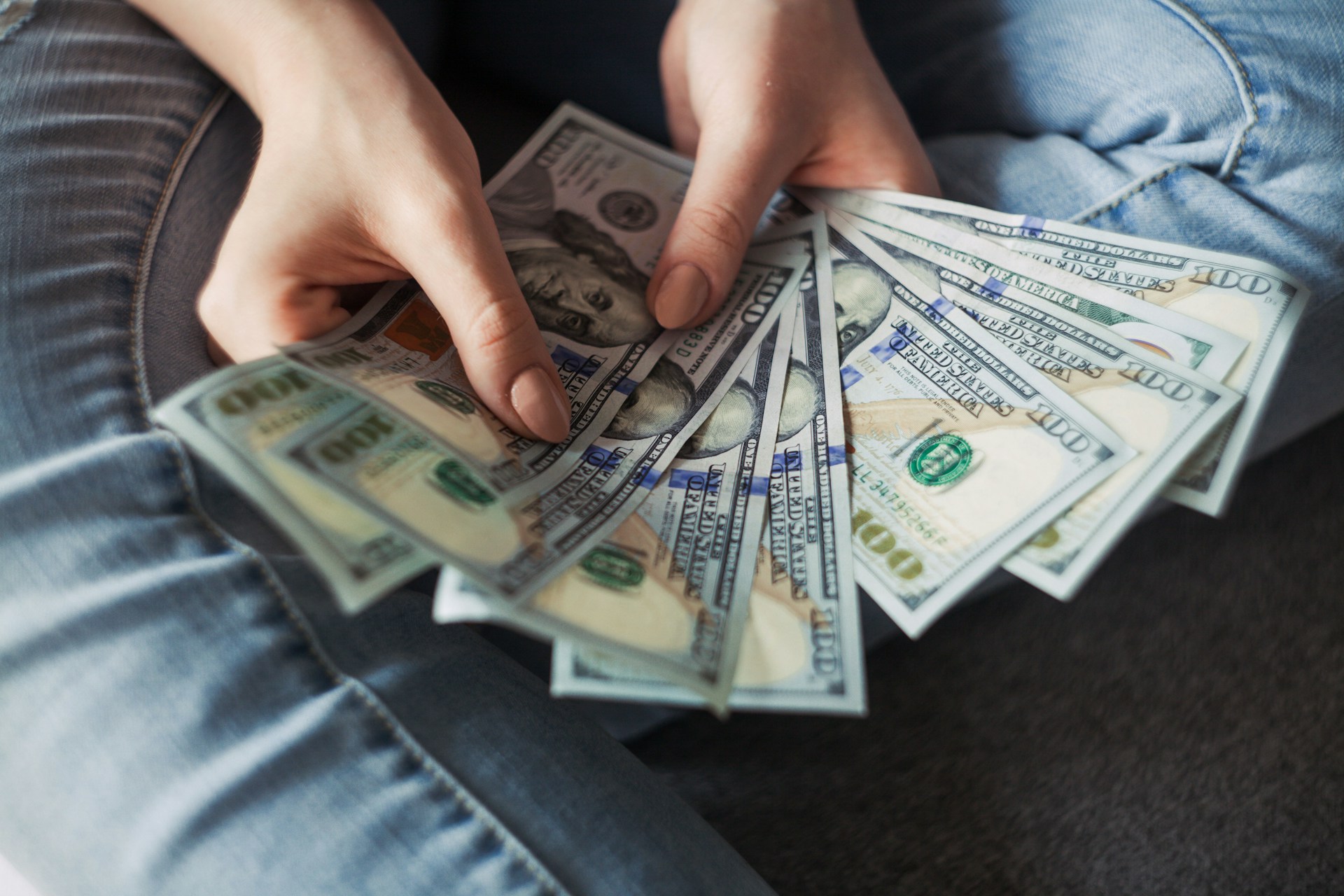7 Tips to Save You When You Feel Like Shopping
Fall is around the corner, and if you’re anything like me, that can make you feel like shopping. New clothes, new home décor, those pretty autumn-themed dishes, cute earrings, a fragranced candle – you name it, we may just...


Fall is around the corner, and if you’re anything like me, that can make you feel like shopping. New clothes, new home décor, those pretty autumn-themed dishes, cute earrings, a fragranced candle – you name it, we may just feel we need something new to celebrate the change of seasons.
But every time we follow this need-to-shop impulse, we may be adding to our clutter. We may be adding to debt (or at least reducing what we can save or give). We may be giving in to our desire for more, more, more (and doesn’t that look like a simple case of greed?).
I know it’s fun to get something new. At first, it feels amazing. You tell your friends, maybe even post pictures on social media. But very quickly, that new thing becomes background noise, and then you need the next purchase to feel the excitement all over again. You never find satisfaction.
Instead, let’s think of ways to renew our appreciation for what we own and take advantage of all that’s available to us.
7 options to control needless spending
1. Get outside.
We were created to live on this earth, and its perfect design already takes into account our desire for both variety and stability. Each season has its gifts – all new and yet familiar.
So get outside and enjoy the roadside wildflowers (they won’t last long). Relish summer’s variety of sunny skies and thunderstorms, fresh cool mornings and long warm evenings. Look for birds building nests and babies loudly demanding to be fed. Can you drive to the country and visit a farm stand for the freshest produce?
Go on a walk, a bike ride, a hike, or a picnic today.
2. Swap belongings.
This might be an old trick you use with your children’s toys: box up some of the things they don’t play with as often and store them for a few months. Then when you bring them out again, it feels like everyone got a bunch of new toys!
Guess what – this works with adults too. You know how when you put up the Christmas decorations your house feels new and noticeable, even if the decorations are the same ones you’ve been using for years? Get that same feeling by swapping framed photos, wall art, lamps, throw pillows, and other small decorative items. You can even swap chairs, side tables, and other small pieces of furniture. Move things from the living room to your bedroom to the dining room to the guest room, entry hall, or home office.
As you do this, you can handle and dust everything, and make sure it’s something you really love and want to keep. Then you can enjoy noticing your same belongings in different surroundings and different groupings. It’s a way to keep everything fresh and in the spotlight, because you got out of a rut and shook things up a bit.
3. Visit the library.
Ah, the richness of the public library! We’re so fortunate to have this resource, yet many of us rarely use it.
Check the shelves where new books are displayed, and choose to your heart’s content. Then request something through interlibrary loan. You get to browse online, put your choices in the cart, and receive an email when they arrive. It feels like something that should cost a lot of money, but it’s free. And when you finish a book, you return it for someone else to read, rather than cluttering your shelf.
Your library may have DVDs and Blu-ray discs to borrow as well. All that entertainment for free!
I also like Kindle Unlimited, which may fill some gaps that the library doesn’t offer and lets you access e-books on a whim. Get a free trial and decide if it’s worth it to you. (You don’t need a Kindle; with Amazon’s free app you can read on any device.)
4. Try a productive hobby.
This can be dangerous if you indulge in too much hobby-related shopping. But if you’re careful, it can give you the feeling of buying something without buying something you don’t need. Gardening, baking, sewing, knitting, candle making, or soap making will provide you with new useful items (or gifts) as you happily occupy your time.
5. Wait.
Sometimes the previous tips don’t help, and you just want something. So work with that feeling. Tell yourself you can have it, but you have to wait. (Don’t you tell this to your kids?)
Wait until the next paycheck, and then purchase it. Add it to a wish list, and give yourself permission to buy one thing from the list once a month. Tell someone else you want it, and see if you get it for Mother’s or Father’s Day, your birthday, or Christmas.6. Remember “one in, one out.”
If you get something new, something else must leave. This especially applies to clothes, shoes, accessories, beauty supplies, kitchen items, linens, décor, technology, and entertainment. Otherwise your home will eventually return to a cluttered, over-crowded state.
If new purchases have to replace something you already own, they better be worth it. Make sure you’re buying high quality pieces you really love, not fad items or clearance junk. This helps you stop and think, making your purchases intentional instead of mindless.
7. Give thanks.
Maybe we haven’t needed to confront our shopping addictions because we have enough money to keep on spending. Even those of us on more limited incomes may love stopping at yard sales and the dollar store.
But most of us are blessed with everything we need and then some. Isn’t that why we read about decluttering, simplifying, no-shopping challenges and all the rest?
The next time you’re tempted to browse or buy something you don’t need, stop and say a prayer of thanks for what you have. When you’re on social media and see something you want, stop and make a list of all you have to be grateful for.
Appreciation for your belongings will make them more valuable in your eyes, and that brings more lasting satisfaction than any shopping trip.
***
About the Author: Karen Trefzger is a writer, singer, teacher, wife, mother, and grandmother who has been choosing a simpler life for over 20 years. She is the author of several books about minimalism, and blogs at Maximum Gratitude Minimal Stuff.

 Astrong
Astrong 
































